Although sometimes overshadowed by other major Italian destinations like Rome, Tuscany, or Venice, Naples is one of Italy’s most fascinating urban centers. As the third-largest city in the country, it offers an excellent mix of historical sites, unique culture, world-renowned cuisine, top-notch hotels, and everything you need for an incredible city getaway. In this article, you’ll find the best tips for traveling to Naples and a suggested itinerary for a perfect Southern Italian trip.
Is it worth traveling to Naples?
The charm of Naples is truly unique, but the first experience of the city can be overwhelming: Uncontrolled traffic, cars parked everywhere, walls covered in graffiti, children playing soccer in the squares or riding motorcycles without helmets. And although the major issue of street garbage has improved, Napoli certainly can’t be described as a clean city.
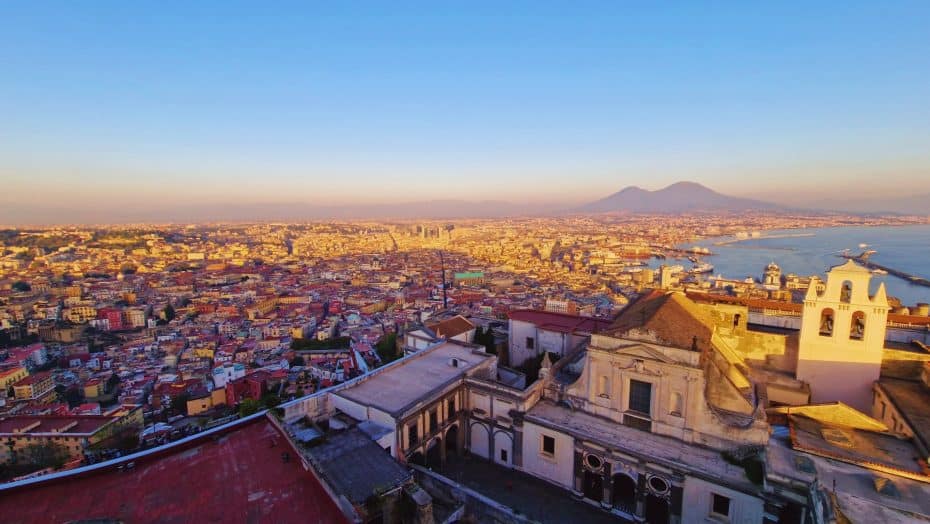
But try to go beyond all of this. These unique aspects are an intrinsic part of Naples. It may seem challenging, but give it a try, and you’ll fall in love with the city. Without this “Neapolitanity,” the city just wouldn’t be the same.
To make the most of your visit to the capital of Campania, these tips for visiting Naples will help you plan your trip effectively.
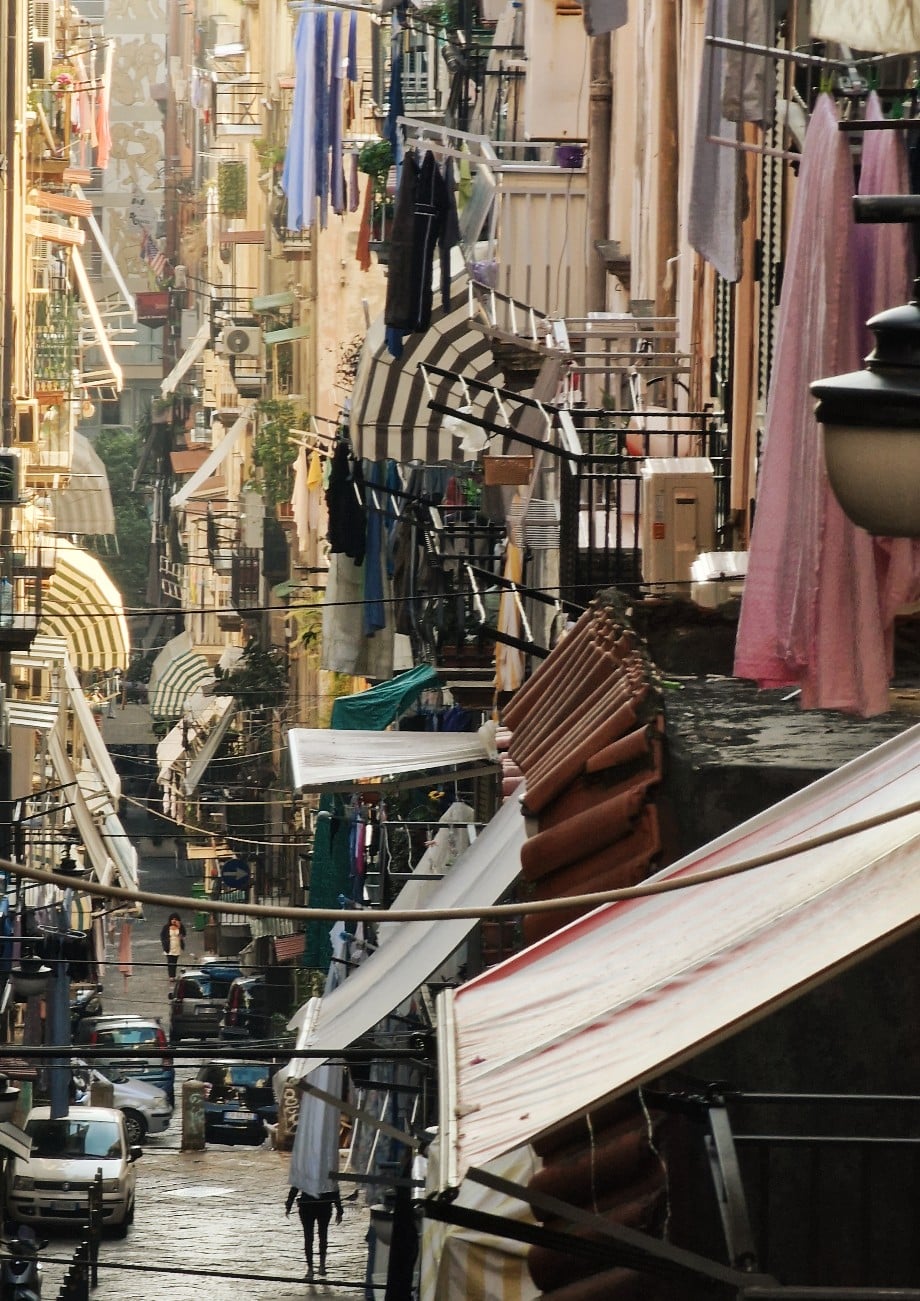
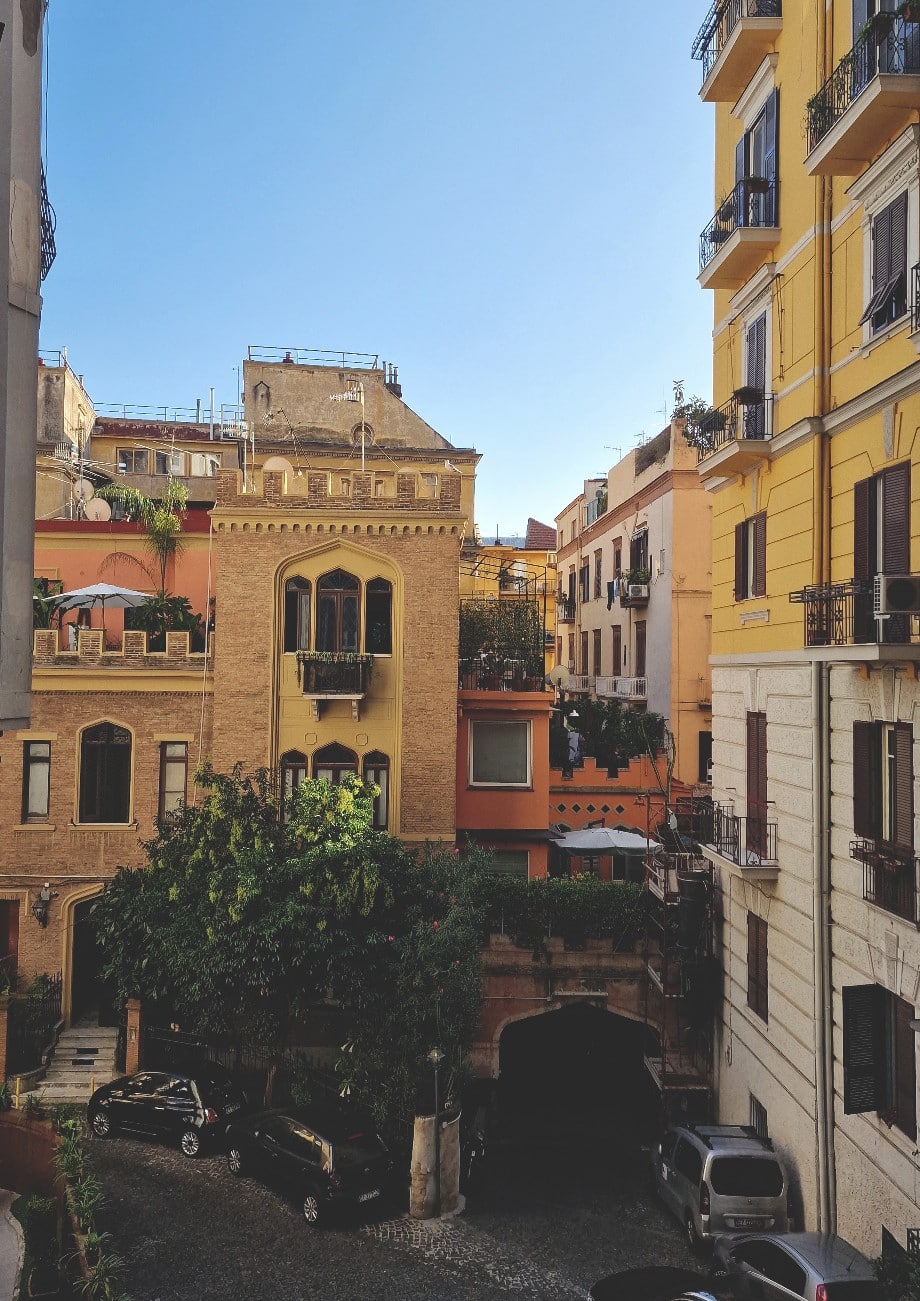
We will also discuss the main attractions of the urban core, starting with the essential places of the Historic Center and the Spanish Quarter, to historic sites like Castel Sant’Elmo and the always popular archaeological site of Pompeii, a UNESCO World Heritage Site at the foot of Mount Vesuvius.
Naples: Historical Context
The Greeks founded Naples in the first millennium BCE, and it is one of the world’s oldest continuously inhabited urban areas. In the 8th century BCE, a colony known as Parthenope was established. By the late 6th century BCE, the city was reestablished as Neapolis (New City), taking control of maritime trade in what would later be known as the Bay of Naples.
In the 6th century CE, Naples was conquered by the Byzantines and remained under their control even during the subsequent Lombard invasion. During the Middle Ages, the city became part of the Kingdom of Sicily, coming under Norman, Swabian, and Angevin rule before being incorporated into the Kingdom of Aragon in 1442.
During Bourbon rule, Naples solidified its status as a major European capital, particularly with constructing impressive architectural works. With the French Revolution and Napoleonic Wars, Naples first saw the birth of a Jacobin republic followed by a Bourbon restoration. In 1860, during Giuseppe Garibaldi’s Expedition of the Thousand, Naples was abandoned by Francis II of Bourbon to “spare it from ruin and war.” After the defeat of Bourbon forces, Naples became part of the Kingdom of Italy.
Today, Naples is the capital of the Campania region and the largest city in Southern Italy. It covers an area of 45 square miles and has a population of over one million residents.
Essential Tips for Traveling to Naples
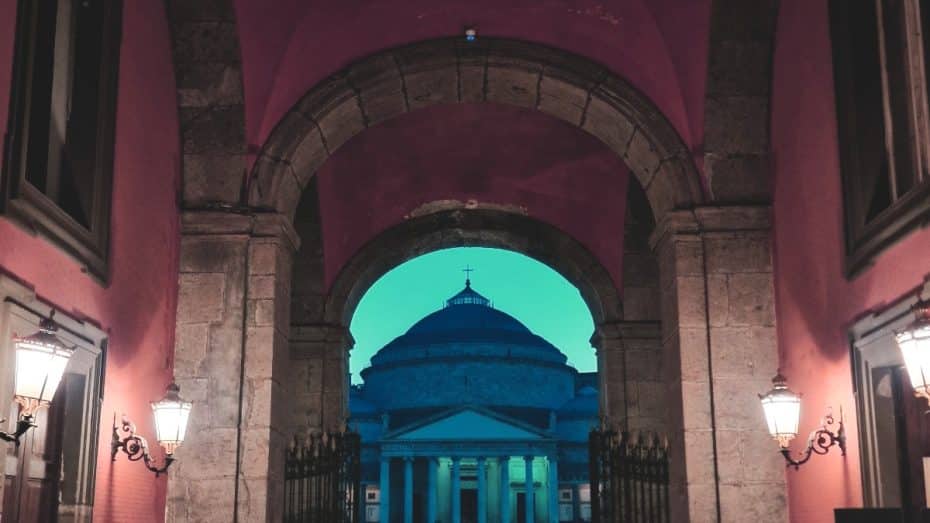
1. What is the best time to visit Naples?
Naples enjoys a Mediterranean climate characterized by mild, rainy winters, with most rainfall occurring between December and January and sunny summers that can become very hot.
The best time to visit Naples and the Campania coast is from May to October, particularly between June and September. Naples is always pleasant, but during these months, you can also enjoy the beach and longer days.
The season to avoid is December to February. The cold weather prevents outdoor activities and beach trips.
Winter is Naples’s low season, but the weather doesn’t allow full enjoyment of the city and its surroundings. The best balance between climate and savings occurs in April, September, and October—ideal for enjoying a splendid day at the beach or a tour without the summer heat.
Spring in Naples is considered a prelude to the warm season. Rainfall decreases, and temperatures rise. The city comes alive like never before, fully allowing you to experience some of its most important attractions.
The very hot Neapolitan summer makes the sun, sea, and beaches the undeniable stars. It’s the perfect time to wear a swimsuit and head to one of the many beaches around the metropolis. Additionally, the city is bustling with life, featuring events and attractions open late into the night.
2. How to get to and around Naples
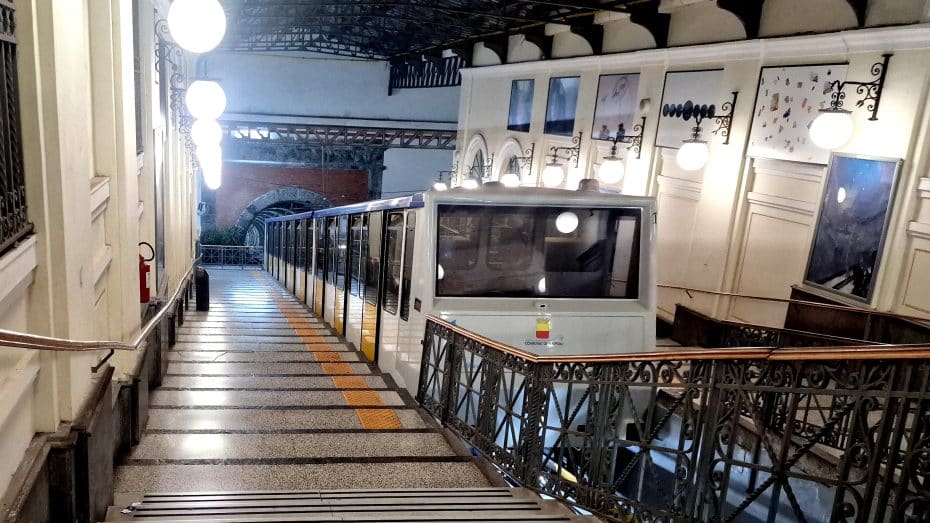
A trip to Naples begins with getting to the city. The good news is that you have several options if you’re coming from Europe. The simplest way to travel from within Italy is by high-speed train. However, for those arriving from abroad, flying is more convenient. Many companies offer direct flights to Naples from throughout Europe and some destinations in North America. Additionally, you can drive to Naples using the A1, the Autostrada del Sole, which runs the length of Italy from north to south.
How to get to Naples by plane
Napoli Capodichino Airport (NAP) is located less than 30 minutes from the city center and has regular direct flights to major European cities and some destinations in America and the Middle East. By using the connecting flights offered by ITA Airways and Lufthansa, you can arrive from practically every corner of the world.
You can quickly reach the city center from Naples Airport by taxi (approximately $20) or by taking the Alibus. There is also a Curreri company bus that departs from Naples Airport and goes all the way to Sorrento.
From the UK & Ireland:
Traveling to Naples by air from the UK and Ireland is relatively straightforward. Direct flights are available from major cities such as London, Manchester, Dublin, and Edinburgh. Airlines like British Airways, Ryanair, and easyJet offer regular services to Naples International Airport. The flight is approximately 2 hours and 30 minutes from London, slightly longer from other cities. Upon arrival in Naples, you can easily access the city center via the Alibus shuttle or pre-booked taxis.
For those preferring connecting flights, options usually transit through major European hubs such as Paris, Amsterdam, or Frankfurt. Flights with layovers tend to be slightly longer but can provide more flexibility regarding schedule and cost. While planning the trip, checking for seasonal variations in flight availability and prices is beneficial. Booking in advance typically offers better rates and ensures a smoother travel experience to this historic Italian city.
From North America:
To get to Naples by air from North America, start by identifying major airlines that operate flights to Naples International Airport (NAP). Direct flights are available from New York City on United Airlines. Additionally, several airlines offer connecting flights with layovers in European cities such as Paris, London, or Frankfurt. When booking your ticket, it is essential to check for the shortest layover times and the most convenient routing options available for your travel dates.
Once you’ve booked your flight, plan your arrival details. Be aware of the time difference between North America and Naples, which is usually 6-9 hours ahead depending on your departure location. Upon arrival at Naples International Airport, you’ll find multiple ground transportation options including taxis, shuttle services, and public buses to get you into the city center. Make sure to have some euros on hand for small expenses like transportation fare and tipping service providers.
How to get to Naples by train
The fastest and most convenient way to reach Naples by train is by using the high-speed trains from Trenitalia or Italo. There isn’t much difference between the two companies, so it’s best to search and get the ticket at the best price.
The high-speed trains arrive at Napoli Centrale station. On the ground floor of this station, you will find Napoli Piazza Garibaldi, from where Circumvesuviana trains run between Naples and Sorrento, as well as Metro lines 1 and 2.
Getting around Naples
Naples offers a variety of transportation options and countless routes. If it’s your first time in Naples, the public transportation network can initially seem very confusing, but you’ll gradually get the hang of it. The first thing you should know is that several companies manage public transportation, so you need to pay attention to the ticket you’re getting.
The main transportation company, which manages most of the routes, is ANM. ANM oversees 2 metro lines, the funicular lines, and all bus services including trams and trolleybuses.
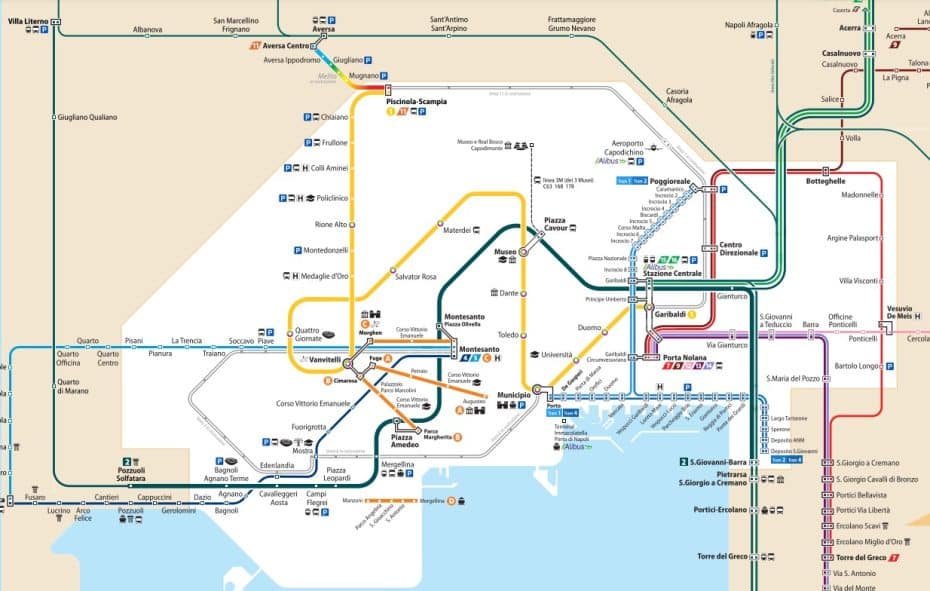
Bike rentals, taxis, and mobile apps like Uber are also available.
The best way to explore Naples and see the entire city is by combining public transportation with walking. Remember to bring comfortable shoes, as much of the city is hilly.
If you have mobility issues or are short on time for sightseeing, another option is the hop-on-hop-off bus, which makes it easy to discover Naples’ steepest spots with an audio guide available in 8 languages. You can purchase tickets for the hop-on-hop-off bus here.
3. Hotels and best area to stay in Naples
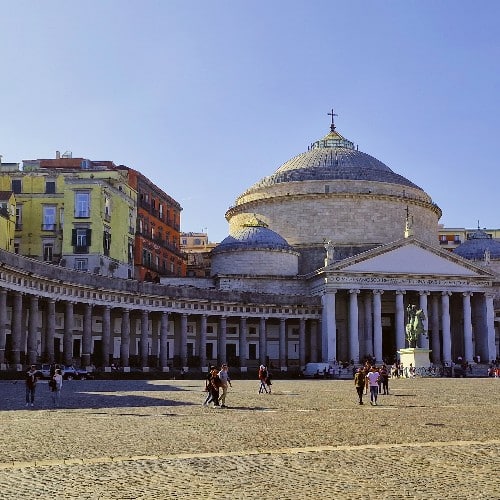

The best area for tourists in Naples is Plebiscito, a central administrative, commercial, and tourist district in the heart of Naples. Piazza del Plebiscito is located next to the Spanish Quarter and very close to the sea. It is surrounded by four buildings of great historical and artistic significance: the Royal Palace, the Basilica of San Francesco di Paola, and two symmetrical buildings, the Prefecture and the Palazzo di Salerno. This highly touristic area also hosts some of the best-rated hotels in Naples.
Other areas worth considering include the Historic Center and the elegant Chiaia neighborhood.
Read more about the best areas to stay in Naples, Italy.
4. Travel to Naples: Activities and guided tours
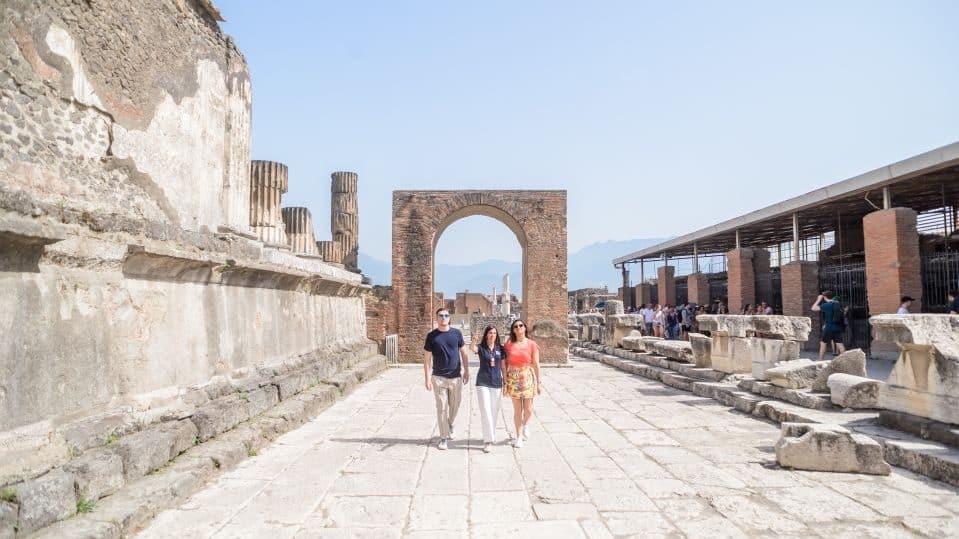
When planning a visit to Naples, it’s essential to organize your time effectively. There’s a lot to see in the city, especially if you want to visit Pompeii.
If you’re unsure about what to do in Naples or how to plan your time for a short visit, we recommend checking out the official Naples Tourism website. It’s available in both Italian and English and provides plenty of information and ideas for exploring the city.
Like other major cities, the best way to explore Naples’s attractions is with a guided tour. Fortunately, as one of Italy’s most significant tourist destinations, this city offers dozens of activities, tours, and guided visits.
Here’s a list of some of the best tours and activities available in English:
- Sightseeing bus tour of Naples
- Naples: Guided walking tour of the highlights of the city with lunch
- Naples: a historical tour of origins, cults and legends
- Naples: guided bike tour of the city highlights
- Naples: street food and city food market
- Pompeii: tour with expert archaeologist in small groups
- Naples: Pompeii and Mount Vesuvius with pizza or wine
To save even more on your trip to Naples, we also recommend purchasing the City Pass, which grants you access to some of the top attractions in Naples like the Herculaneum Archaeological Park, Pompeii Archaeological Park, and the Royal Palace of Caserta. You can get the Napoli City Pass here.
5. See Naples: Itineraries to visit the city
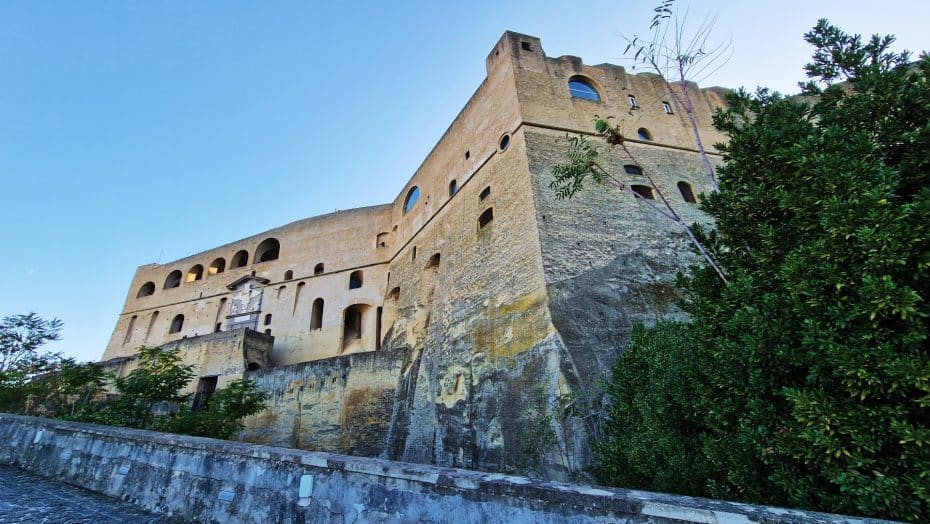
Naples has an endless array of sights and activities. To get a good feel for the city, you need at least two days, and with three days you can explore all its main districts, such as the historic center, Chiaia, Vomero, the Spanish Quarter, and the waterfront. Plus, you’ll have time to visit the ruins of Pompeii and/or Herculaneum.
What to See in Naples in 1 Day
There are so many things to see and do in Naples, and if you only have one day, I suggest heading to the Historic Center where all the most famous monuments are located.
Time needed: 24 days
This is a perfect itinerary to travel to Naples if you only have 24 hours or less. It departs from Napoli Centrale train station:
- Napoli Centrale & Piazza Garibaldi
This is the area surrounding the central train station, but you’ll also find the head of Line 1 of the subway (which takes you to the famous Toledo stop). After admiring the statue of Giuseppe Garibaldi, head down Corso Umberto I, known to everyone in Naples as Rettifilo. This street connects the station to the city center and is lined with fascinating buildings, historic monuments, places to visit, and numerous shops.
- Piazza Municipio & Neptune Fountain
Strolling along the entire length of Rettifilo, you will arrive at Piazza Municipio. Nearby, you’ll find the majestic Maschio Angioino Castle. At Piazza Municipio, you will also come across one of Naples’ most beautiful fountains: the recently restored Fountain of Neptune.
- Maschio Angioino o Castel Nuovo
Built between 1279 and 1284 by Charles I of Anjou, over the years it has hosted notable figures such as Giotto, Petrarch, and Boccaccio. The Palatine Chapel, which now houses the Civic Museum, remains intact. Legend has it that in the dungeons of this castle there was a huge crocodile that fed on prisoners sentenced to death.
- Teatro San Carlo
Keep walking towards Piazza Trieste e Trento: before you arrive, you’ll see the Teatro San Carlo. It’s one of the most famous opera houses in the world and the oldest still in operation. Established in 1737, it is Italy’s premier venue for operas and plays.
- Palazzo Reale (Royal Palace)
Near Piazza Plebiscito, you will find the Royal Palace of Naples. Designed in the 1600s, it served as the residence of Spanish viceroys for over 150 years. Today, it houses the National Library.
- Piazza Plebiscito
This square is one of the symbols of this city and the most famous square in Naples, dominated by the Basilica of San Francesco di Paola, the Royal Palace, the Palazzo della Prefettura, and the Palazzo di Salerno. The area is pedestrian-friendly and features statues of the kings of Naples in the eight niches of the Royal Palace’s façade.
In the center of the square, you’ll find the majestic equestrian statues of Charles III and Ferdinand I.
Next to the Royal Palace, you can admire Mount Vesuvius from a small vantage point that overlooks the waterfront along Via Caracciolo. - Galleria Umberto I
To enter Galleria Umberto I, simply take Via Toledo and you will find one of the four entrances on your right.
This magnificent covered gallery dates back to the 18th century, built between 1887 and 1890. In 1896, it was chosen as the venue for Naples’ first movie theater.
For over 50 years, Galleria Umberto I was the workspace of “sciuscià,” the shoeshine boys who polished the shoes of wealthy men. - Via Toledo
One of Naples’ main arteries is Via Toledo, which is famous as a shopping destination. Here, you’ll find stores from many top brands. It was commissioned by Viceroy Pedro Álvarez de Toledo in 1536, and today, it’s a pedestrian area lined with historic buildings, noble palaces, churches, banks, and boutiques. As you stroll along, take a peek down the alleys to catch a glimpse of Neapolitan life.
- Toledo Metro Station
Right next to the Bershka stores, you’ll find the entrance to Toledo metro station, which is now famous worldwide. It’s an absolute must-see in Naples. According to the British newspaper The Daily Telegraph, it’s the most beautiful metro station in Europe.
Take the opportunity to admire its stunning interior and head to Piazza Dante (just one stop away) for some relaxation and a bite to eat. - Spaccanapoli
Después de comer, nos dirigimos al verdadero corazón histórico de Nápoles. Spaccanapoli sigue la línea del antiguo decumano inferior, que divide la ciudad en dos según el trazado griego original. A lo largo de toda la ruta de Spaccanapoli hay muchos monumentos, edificios nobles, iglesias y lugares para visitar.
- Largo Corpo di Napoli y Piazzetta Nilo
Continuando hasta el final de Via San Biagio dei Librai, llegará a Largo Corpo di Napoli y luego a Piazzetta Nilo. Largo Corpo di Napoli se llama así por la presencia de la estatua del dios Nilo. Tiene una historia llena de vicisitudes, que comenzó durante la etapa histórica grecorromana, cuando muchos colonos egipcios desembarcaron en la ciudad y decidieron recordar su patria esculpiendo una estatua.
- Piazza San Domenico Maggiore
The elegant Piazza San Domenico Maggiore frames the splendid church of the same name and the saint’s obelisk, erected by the Neapolitan people after the plague of 1656. During the Greek colonization, the square housed shops, a temple, and residential homes.
- Saint Severus & Veiled Christ
Taking a short detour and going up Vico San Domenico Maggiore, you can reach the Chapel of Sansevero and its splendid Veiled Christ. The famous marble statue created by Giuseppe Sanmartino features a marble veil that looks impossibly real, surrounded by numerous legends about its creation. One of the most well-known stories claims that the veil is the result of an alchemical process performed on a piece of fabric.
- Via Benedetto Croce
Via Benedetto Croce is very picturesque and full of historical and cultural details. The street is named after the post-war historian and philosopher because he lived in the Filomarino Palace, where he founded the Institute of Historical Studies.
- Piazza del Gesù
Before reaching Piazza del Gesù, at the end of Via Benedetto Croce, you’ll find the majestic Monastery of Santa Chiara and its unforgettable cloister. Piazza del Gesù, with the Obelisk of the Immaculate Conception at its center, boasts several historic and noble buildings, such as Palazzo D’o Gas, where Edgar Degas once lived. The name D’o Gas is a distortion of the painter’s last name in the Neapolitan dialect. You’ll also find the Church of Gesù Nuovo, Palazzo delle Congregazioni, and Palazzo Professa.
Things to see in Naples in 2 days
If you have two days in Naples, you’ll have enough time for the Historic Center tour we mentioned above and also visit the ruins of Pompeii.
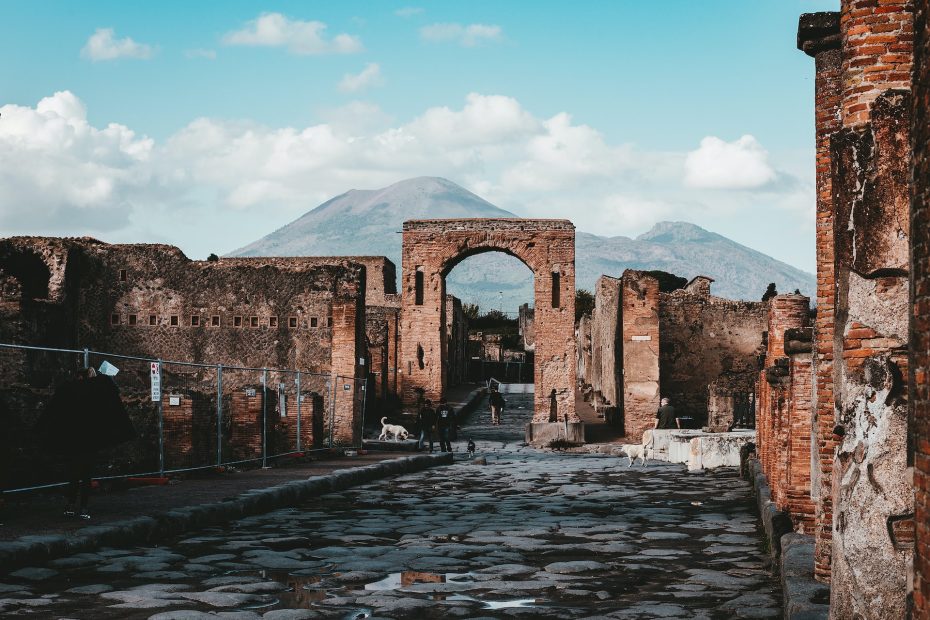
If you’re short on time, we recommend booking an organized tour to Pompeii and Mount Vesuvius. This way, you won’t have to worry about transportation or spend too much time planning.
These are some of the tours to visit Pompeii departing from Naples:
- Pompeii: tour with expert archaeologist in small groups
- Naples: Pompeii and Mount Vesuvius with pizza or wine
- Ruins of Pompeii: skip the line ticket and small group tour
- Pompeii: tour of the archaeological park with skip-the-line entry
- From Naples: tour of the ruins of Pompeii and Mount Vesuvius with transportation
A visit to Pompeii, especially if you’re also heading to Mount Vesuvius, typically takes half a day. On your way back, we recommend heading up to the Vomero hill and visiting Castel Sant’Elmo to enjoy the best views of Naples and its gulf.
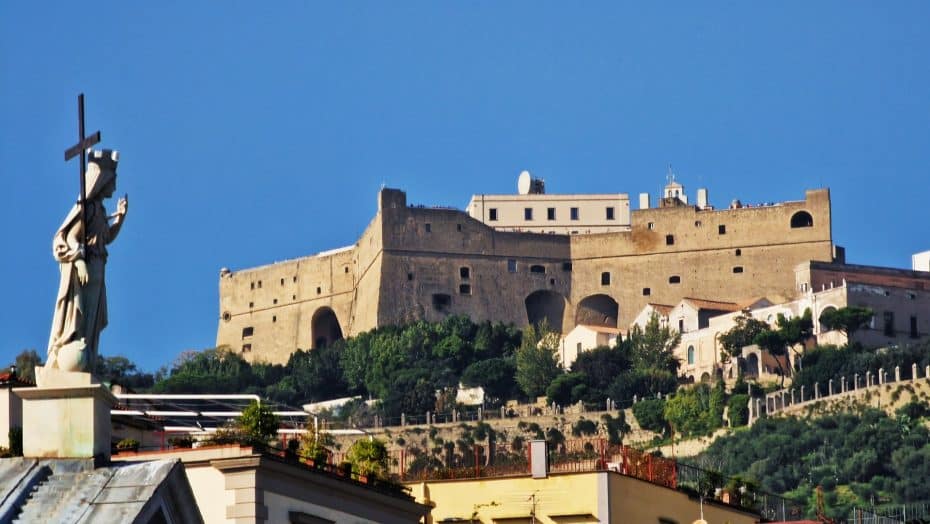
Castel Sant’Elmo overlooks the city of Naples, offering visitors a spectacular view of the historic center from its multiple terraces and buildings. It is a medieval castle built in the 14th century at the site where a chapel dedicated to Saint Erasmus stood in the 10th century.
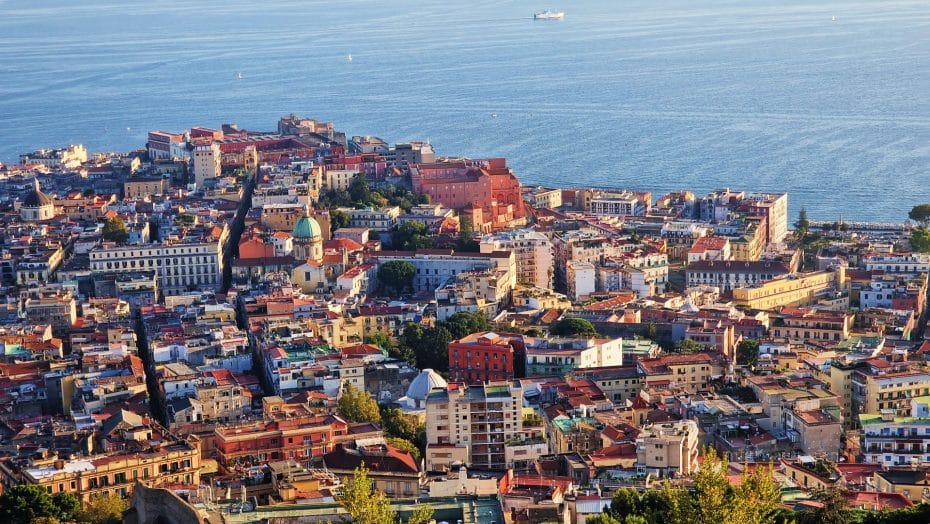
After exploring the castle, you can check out the neighboring Vomero district, one of the city’s most upscale areas, and find a spot to grab a drink or have dinner.
What to see in Naples in 3 days
Three days in Naples are perfect to thoroughly explore the city and discover all its charms. Assuming you’ve already explored the Centro Storico, visited Pompeii, and climbed Castel Sant’Elmo, here are some itinerary ideas for your third day in Naples:
- Shopping in the Elegant Chiaia District: Chiaia is considered the ultimate shopping area, home to some of the most important brands. It is also at the heart of Naples’ nightlife with numerous small bars. The charm of Chiaia doesn’t end there; it is a neighborhood filled with beautiful churches, stunning historic buildings, and elegant squares.
- Strolling through Posillipo and Its Beaches: Posillipo is a luxurious residential area known for its seafood restaurants and chic cocktail bars. Small beaches dot the coastline, and terraces in Parco Virgiliano offer stunning views of the Gulf of Naples.
- Visit Herculaneum: Herculaneum is world-renowned for its archaeological excavations of this Roman city, which legend has it was founded by Hercules and destroyed by Mount Vesuvius’ eruption in 79 AD. Along with the remains of Pompeii and Oplontis, it is part of a UNESCO World Heritage site.
- Spend the Day in Capri: Known as the Pearl of the Mediterranean, Capri is one of the most enchanting islands in the world, a little piece of paradise located in the heart of the Gulf of Naples. Some attractions in Capri include the Faraglioni rock formations, the Gardens of Augustus, the Blue Grotto, and La Piazzetta.
- Explore the Amalfi Coast: The Amalfi Coast, located along the eastern coast of the Sorrento Peninsula, is a UNESCO World Heritage Site for its cultural landscape and is famous for its picturesque coastal towns, cliffs, and beaches.
6. Where (and what) to eat on a trip to Naples
You’ll never go hungry in Naples! At every corner, you’ll find cafés, kiosks, restaurants, and pizzerias. The best part? Eating in Naples is relatively inexpensive and, as you’d expect, the food is absolutely delicious.
The Naples cuisine has introduced the world to dishes and ingredients that have helped shape the identity of Italian cooking.
Where to eat pizza in Naples

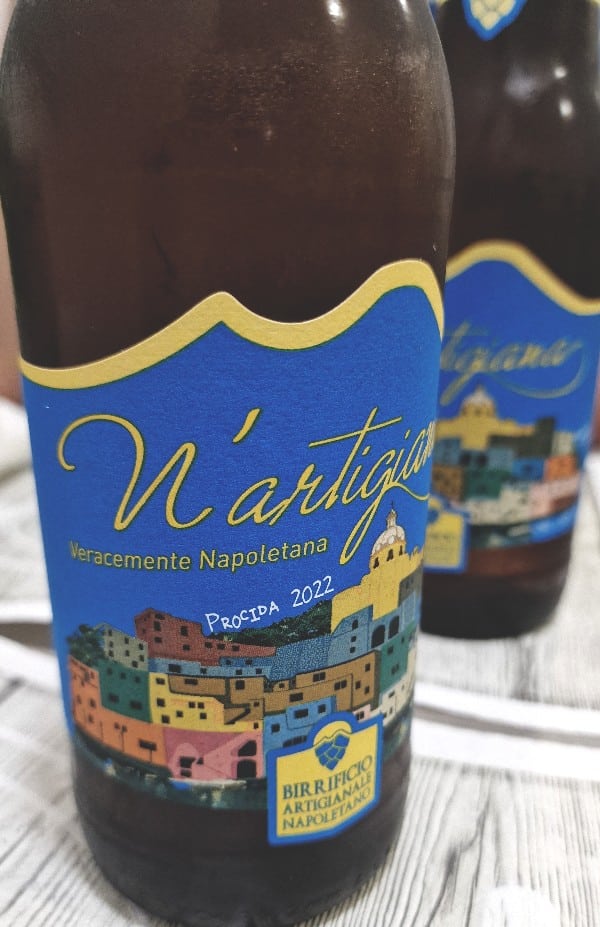
The true recipe for Neapolitan pizza is believed to date back to the 1600s. However, history notes that the famous Margherita pizza originated in 1889, when King Umberto I and Queen Margherita visited Naples. Pizzaiolo Raffaele Esposito created three pizzas for the occasion, one of which, featuring basil, cheese, and tomato (a tribute to the Italian tricolor), was greatly appreciated by the queen, hence the name.
It’s incredibly difficult to visit any pizzeria in Naples and leave unsatisfied; pizza in this city is truly an institution. Here are some of the best pizzerias in Naples:
- Pizzeria Da Gino Sorbillo: A true institution in the city. Gino Sorbillo comes from one of Naples’ oldest pizza-making families; his grandparents founded the first pizzeria in 1935. Dining at Sorbillo’s requires a lot of patience as their location on Via dei Tribunali is always packed, plus they don’t take reservations, much like many other pizzerias in the city. Via dei Tribunali 32.
- Antica Pizzeria Da Michele: Pizzeria Da Michele certainly needs no introduction. It is one of the most famous pizzerias in Naples. Via Cesare Sersale, 1.
- Antica Pizzeria Nennella: A budget-friendly spot with excellent pizza in the Spanish Quarters, near Via Toledo. Via Santa Caterina da Siena, 82.
What to eat in Naples (besides pizza)
While pizza is the first thing that comes to mind when thinking about Naples, the culinary heritage of Campania’s capital is far more extensive and includes appetizers, main dishes, side dishes, fried foods, desserts, and liqueurs that offer an unforgettable journey for your taste buds.
Here are some dishes from Neapolitan cuisine that you can enjoy during your trip to Naples:
- Ragù napolitano
- Buffalo mozzarella
- Pasta with potatoes
- Spaghetti with scallops
- Sfogliatella
- Cone of fried food
7. Is Naples safe for tourists?
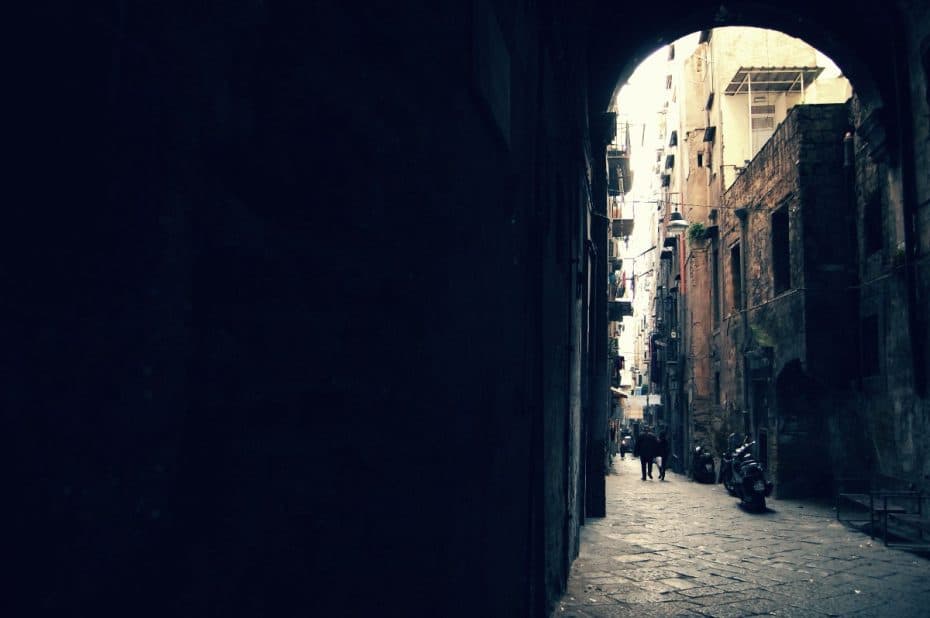
While Naples is considered one of the most unsafe cities in Italy, the risks for tourists are exactly the same as in any other city in the world. In fact, Naples is safer than New York City or Los Angeles.
The main risks you might encounter as a tourist come in the form of pickpocketing, muggings, or scams.
We should always be cautious—in Naples and everywhere else—when talking on our cell phone, taking pictures with a DSLR camera, or opening our backpack or wallet on the subway or bus. The places where we need to be most attentive include:
- Around tourist sites.
- By public transportation.
- In and around airports and train stations, particularly Napoli Centrale.
Safety tips for travel to Naples
Here are some helpful tips to avoid the most common security issues in Naples (though they apply to any city):
- To avoid card fraud, be cautious when withdrawing cash. Fraudulent devices often hidden in ATMs can include small video cameras over the keypad. It’s best to withdraw money at well-lit bank branches and use your card whenever possible.
- Beware of scammers who distract tourists in the city’s most popular areas.
- Avoid carrying bags that can be easily snatched or try to always carry bags and wallets on the side of the sidewalk opposite to the roadway.
- Never leave your belongings unattended.
- Don’t travel with luxury watches or flashy jewelry.
- Try to keep the camera strap around your neck.
Neighborhoods to avoid in Naples
As mentioned above, the chances of being a crime victim in Naples are low in the most touristy neighborhoods. However, there are certain areas that should be avoided at all costs. Some of the most dangerous neighborhoods in Naples include:
- Scampia: Considered the most dangerous neighborhood in Europe, this area in the north of the city is infamous for being the most renowned drug market on the continent. Its massive 1960s towers have become the territory of the Camorra, the Campania mafia, who control the trafficking networks of heroin, cocaine, and crack.
- Forcella: Near Naples’ historic center, Forcella is considered a dangerous area because it is said to be under Camorra influence.
- San Giovanni a Teduccio: This area is often referred to as the “Bronx” of Naples.
- Rione Sanità: While it is one of the city’s emerging neighborhoods, it still struggles with poverty and violence.
8. Money, costs, payments and tipping in Naples
Just like the rest of Italy (and much of Europe), the euro is the official currency in Naples.
Visa and Mastercard credit and debit cards are widely accepted, but taxis, street vendors, smaller shops, and family-run restaurants may not accept credit card payments and prefer cash. American Express cards are not very popular except in larger hotels, luxury shops, and restaurants.
Tipping isn’t customary in Italy, but it’s common to add around €1 per person for good service or round up the bill a few euros. For example, in a pizzeria, you might round up to €10 if the total is €8.50.
From the price of a coffee or pizza to a hotel night stay, Naples is a very affordable city, especially compared to other Italian coastal spots like Capri or Amalfi. A whole pizza at famous places like L’Antica Pizzeria da Michele costs around €6. A coffee in Naples usually costs €1 at the bar.
9. What language is spoken in Naples?
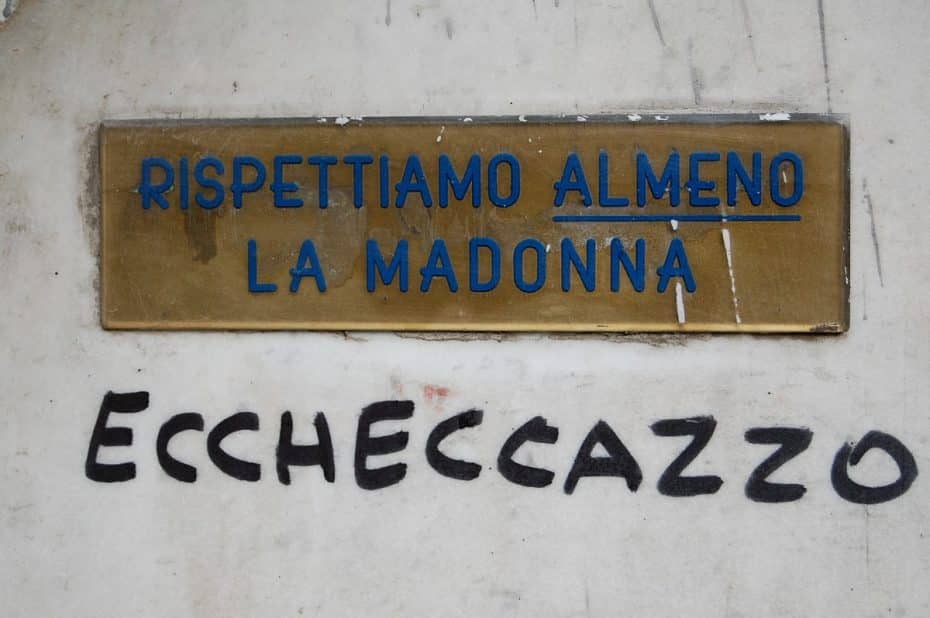
Being in Italy, the simple answer to this question would be: In Naples, they speak Italian. And while it’s true that standard Italian is the common language throughout the boot-shaped country, the matter of the language spoken in Naples has nuances.
Even though you’ll almost always find written materials in Italian, Naples has its own linguistic variety, the Neapolitan language, which is spoken daily by local residents.
The Neapolitan language is a set of dialects from southern Italy. It includes those spoken in Campania, Basilicata, most of Abruzzo, Molise, much of Puglia, northern Calabria, southern Marche, and southern Lazio.
Obviously, as a tourist, people will address you in Italian. Although many Neapolitans speak English, many others do not. While most will be happy to gesture enthusiastically and nod their heads to overcome any language barrier, it’s best to go prepared with some basic Italian phrases.
Do I need a visa to travel to Naples?
If you are traveling to Italy and have a passport from a Schengen Area country, you have freedom of movement and do not need a visa.
Citizens of the United States, Canada, Australia, New Zealand, and the United Kingdom can enter Schengen Area countries without a visa for short stays of up to 90 days within 180 days.
Citizens from several English-speaking countries are required to obtain a visa before entering the Schengen Area. These countries include Barbados, Jamaica, Saint Lucia, Saint Vincent and the Grenadines, and Trinidad and Tobago. Applicants must follow specific procedures and submit the necessary documentation to secure a Schengen visa. Travel insurance, proof of accommodation, and a detailed itinerary are essential during the visa application process. Processing time varies by country, making it crucial for prospective travelers to apply well before their planned departure.



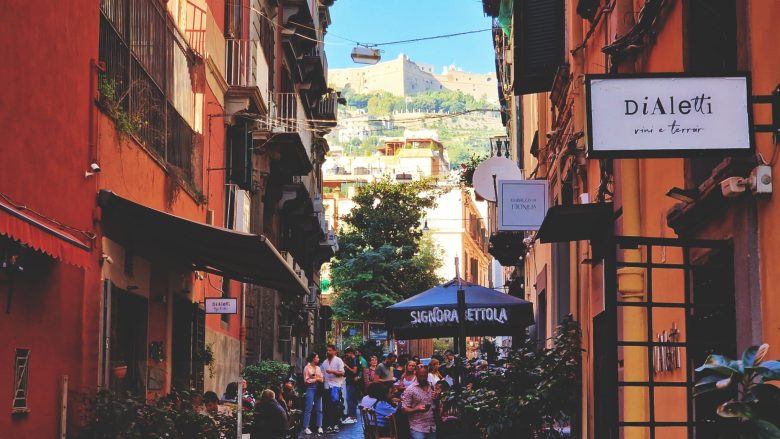
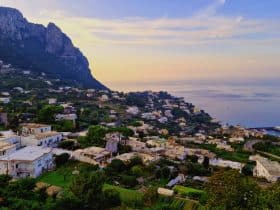
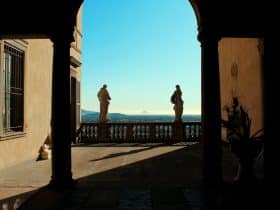
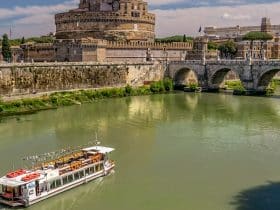

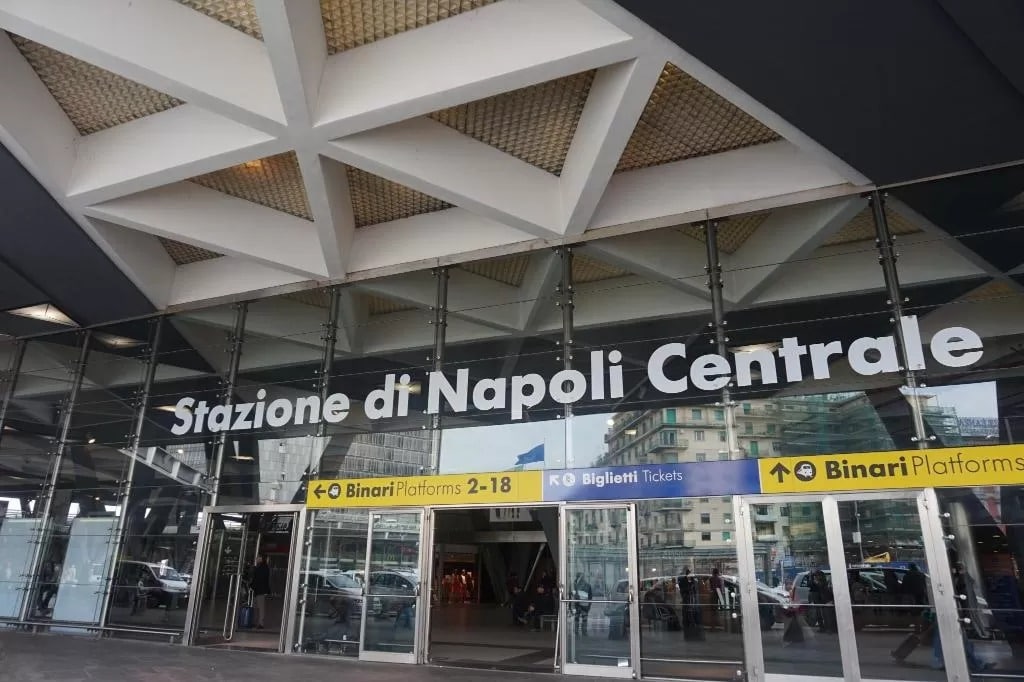
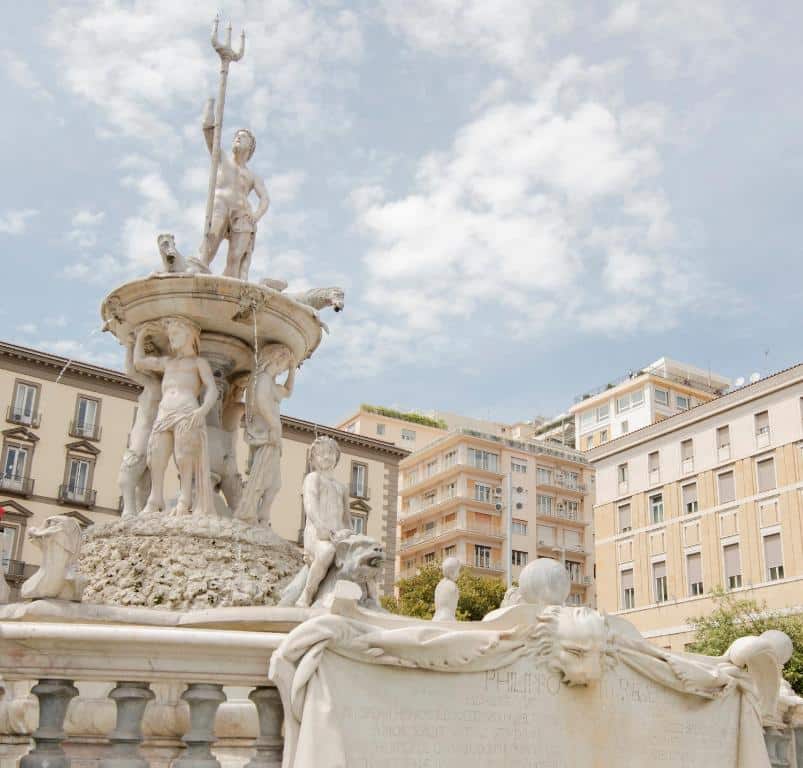
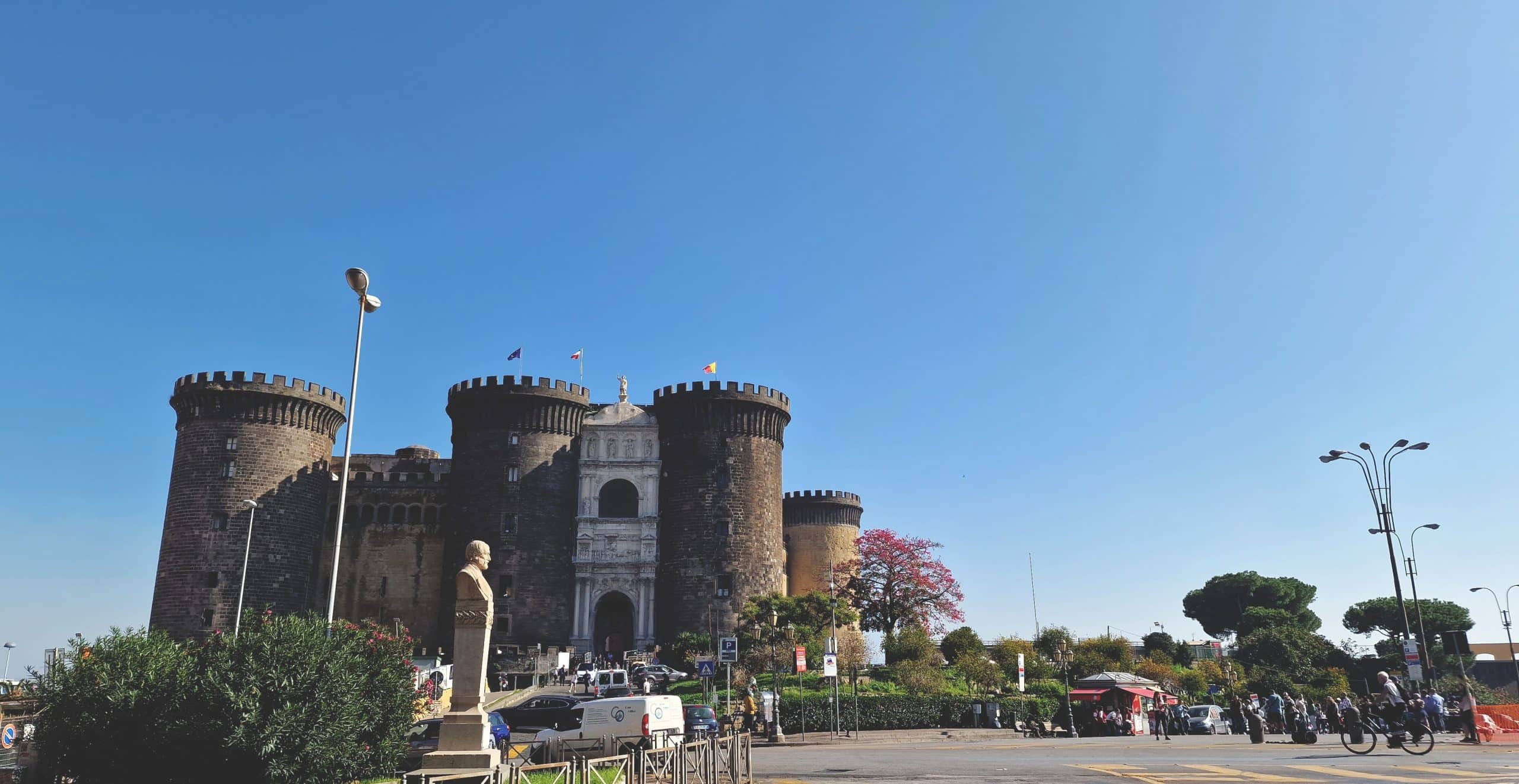
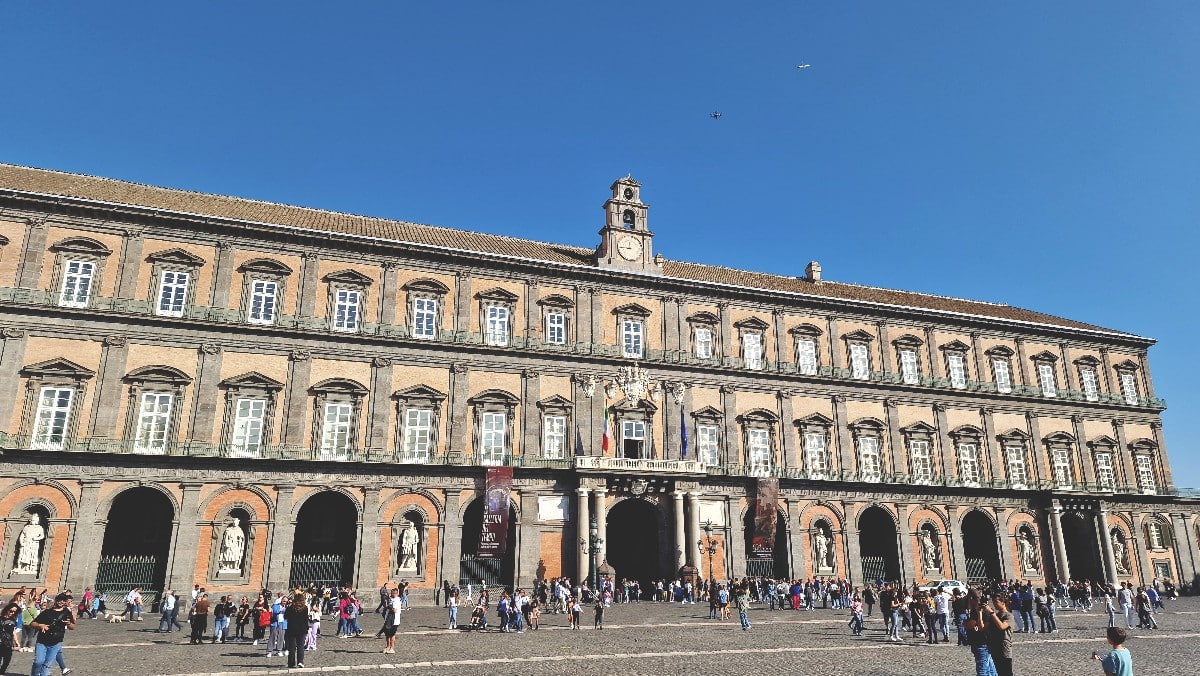
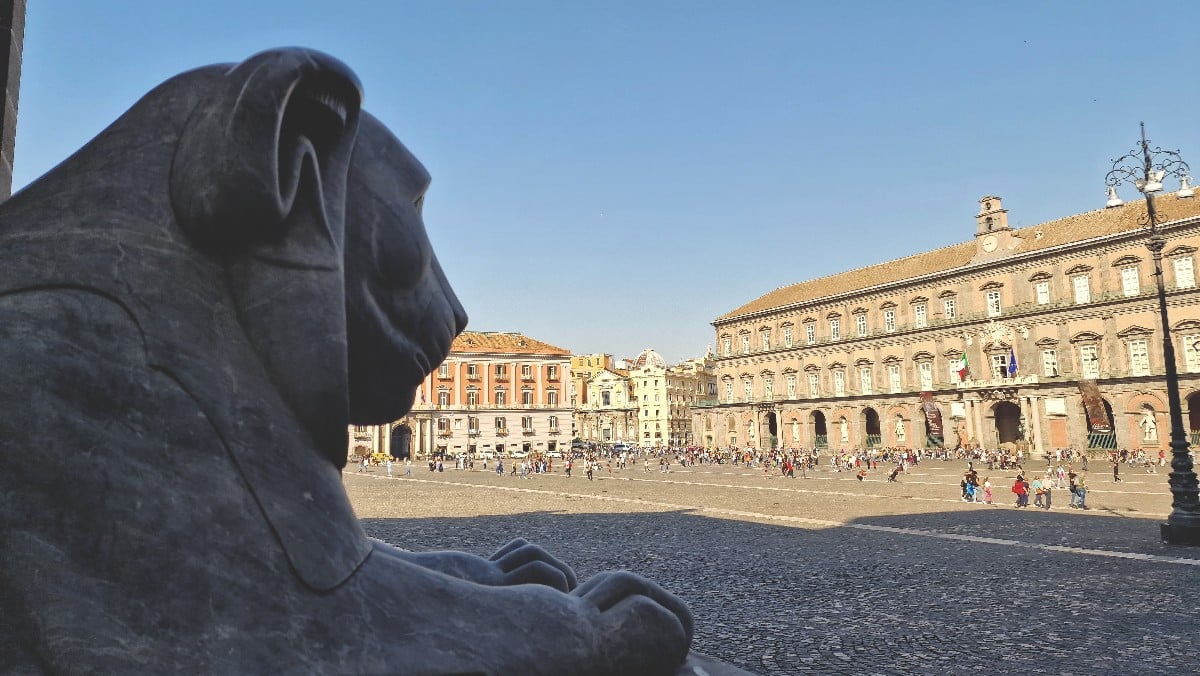
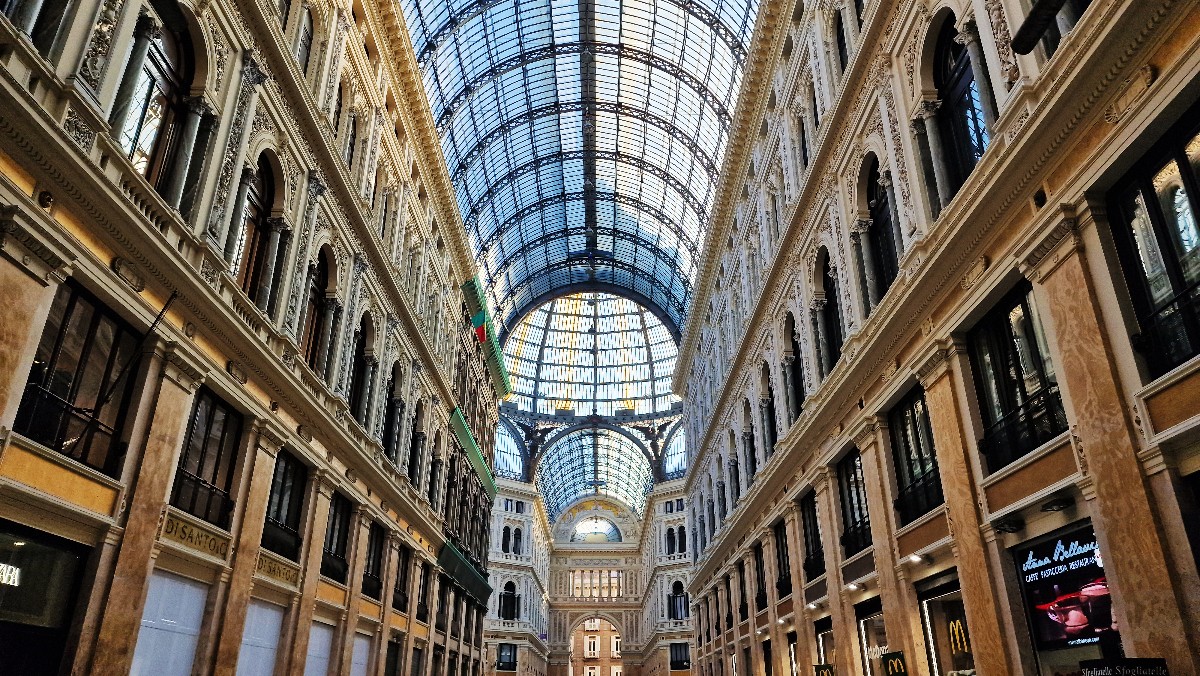
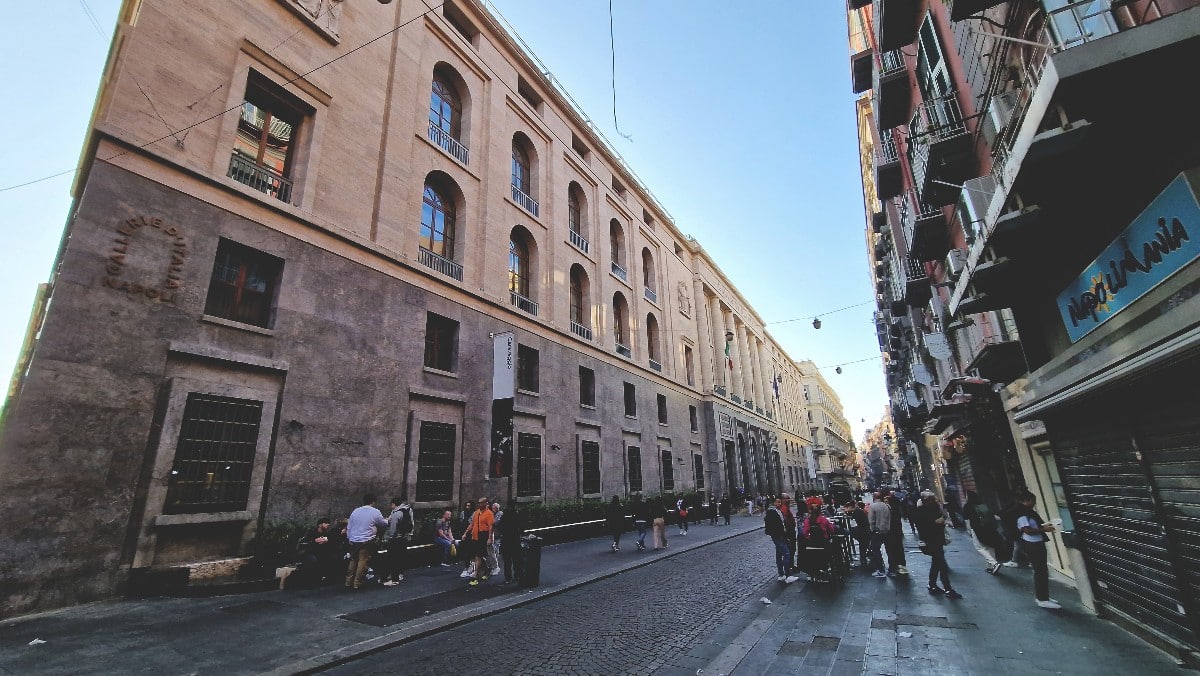
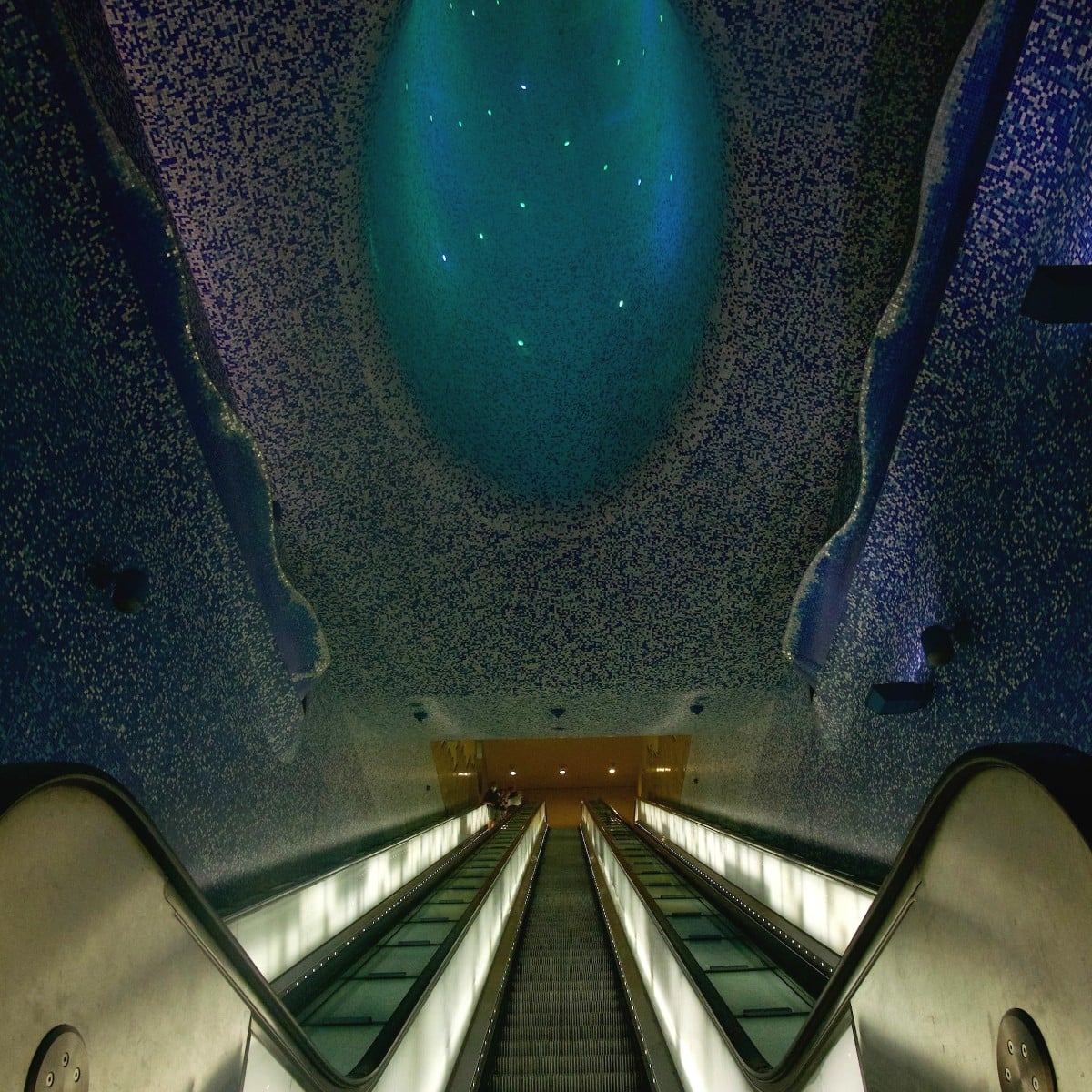
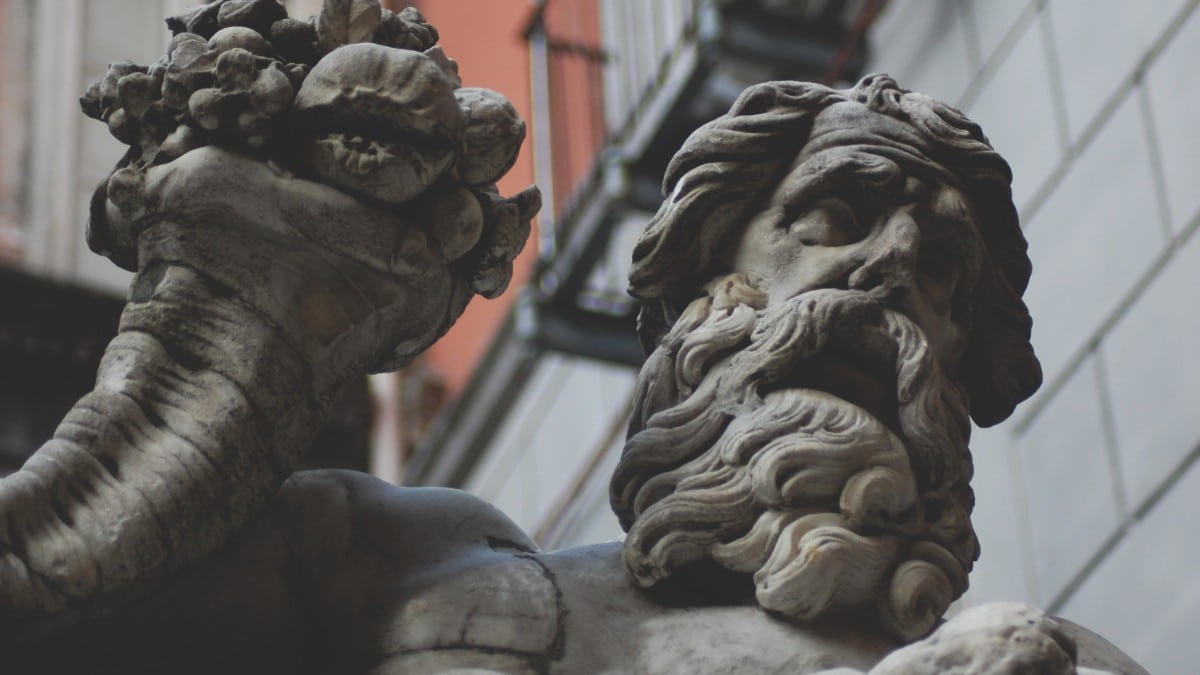
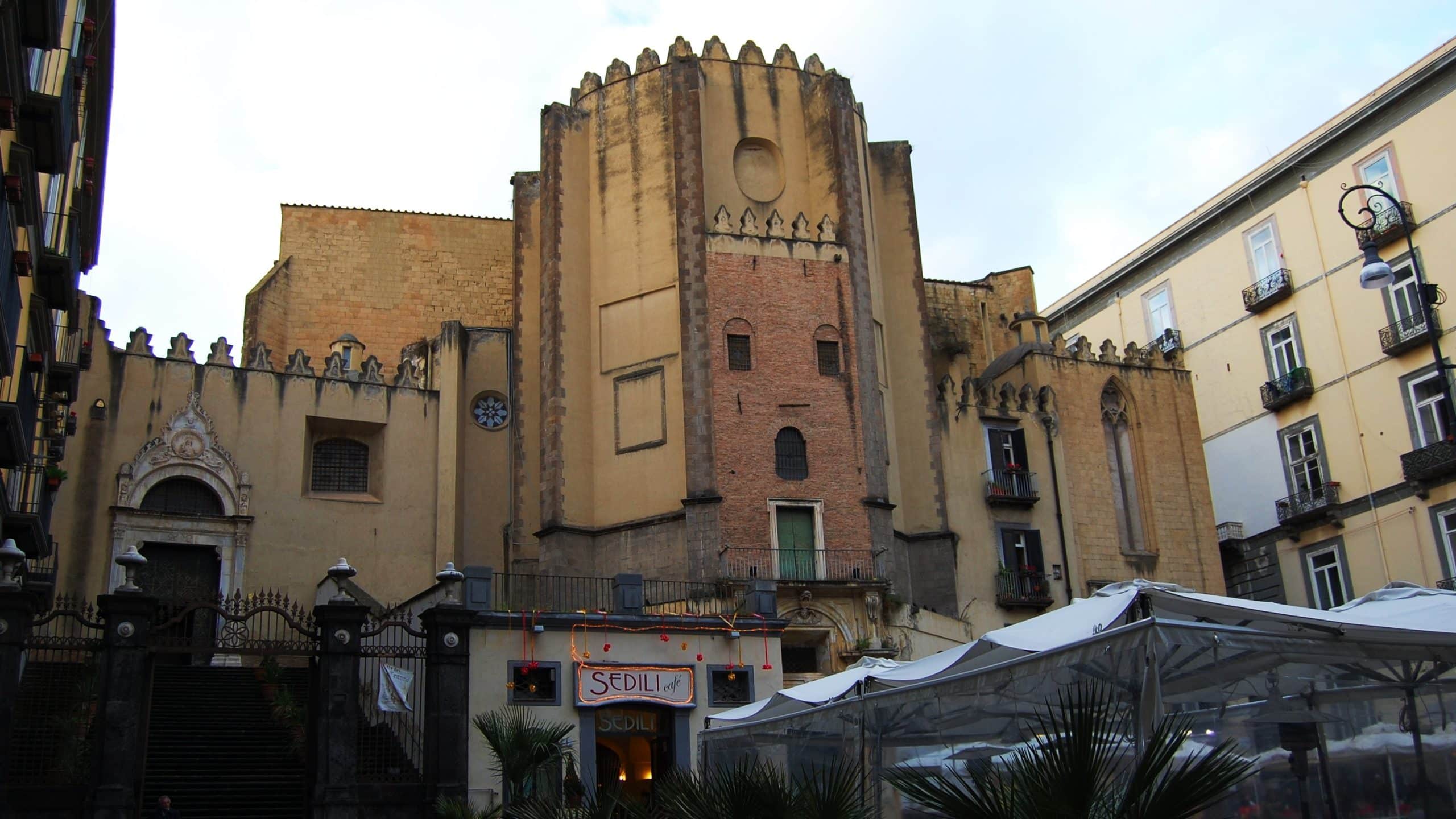

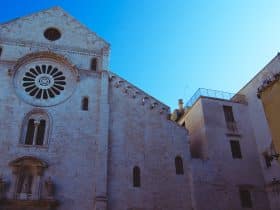
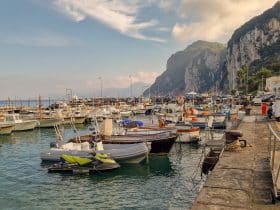














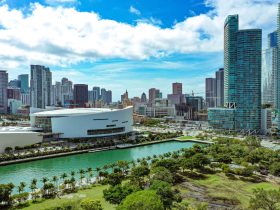





Leave a Reply
View Comments